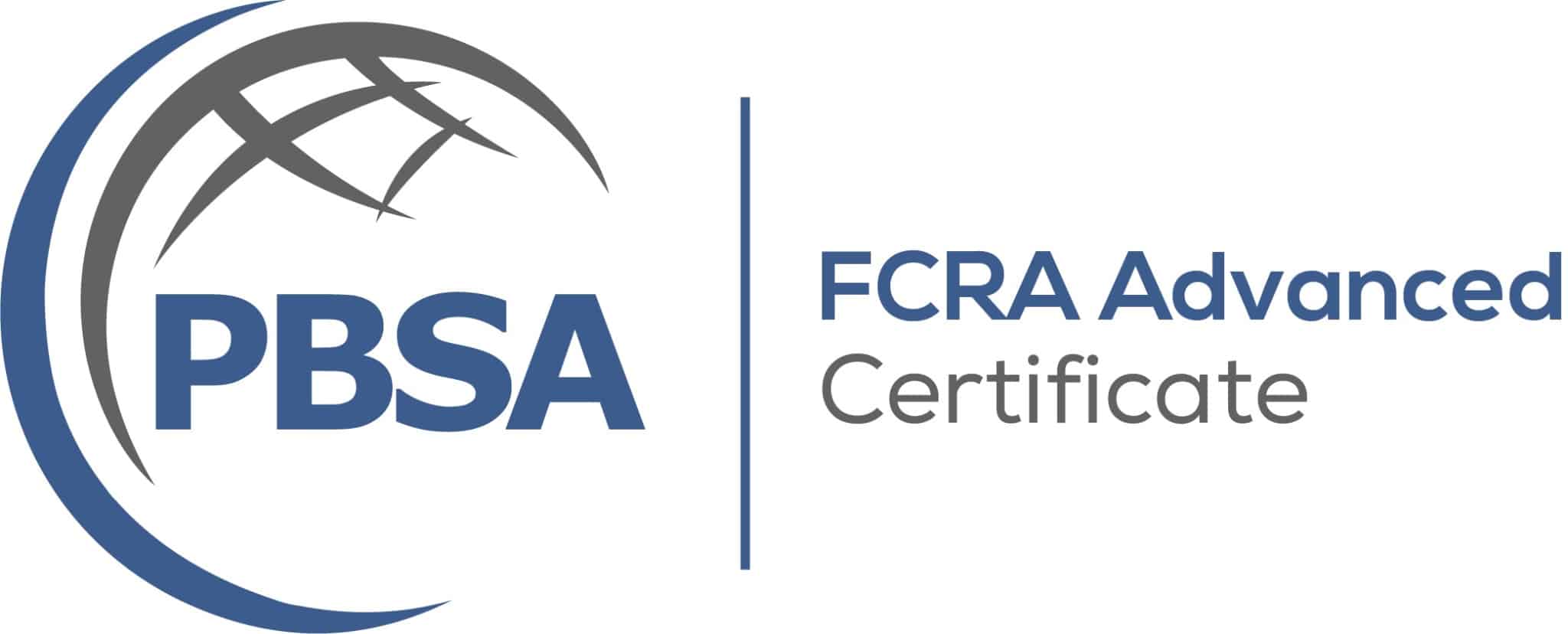How to Mitigate the Risk of Negligent Hiring in 2025
Hiring fast matters. Hiring right matters more. Negligent hiring claims can hit small and mid-sized employers hard with legal costs, damaged morale, and lost productivity. The good news is you can lower the risk with a simple, defensible screening process that fits how you already hire. In this guide, you’ll get practical steps, a screening matrix you can copy, and a 30-day rollout plan. If you need a compliant partner to run this at scale, learn more about FCRA-compliant employment background checks from EDIFY’s team of specialists at General Business Background Checks.
Negligent hiring, explained
Negligent hiring means an employer failed to use reasonable care when selecting an employee and that failure caused harm that was foreseeable. Courts look at duty of care, breach, causation, and damages.
How it differs from related risks:
-
Negligent retention: keeping someone after you knew or should have known there was a risk.
-
Negligent supervision: failing to oversee, train, or control an employee’s work appropriately.
Quick examples:
-
Hiring a driver without checking their MVR and they cause an avoidable crash on company time.
-
Placing a cashier with recent theft convictions in a cash-handling role without review or controls.
-
Ignoring a violent conduct history for a client-facing role where incidents were foreseeable.
What changed in 2025 and why SMEs feel it most
SMEs face a patchwork of rules across states and cities, remote hiring across multiple jurisdictions, and rising expectations from clients and insurers. The bar has moved from “run a basic check” to “run job-related screening, document your process, and treat candidates fairly.” The risks show up in a few places:
-
Timing rules for when you can ask about criminal history.
-
Required notices before and after you take an adverse action.
-
Individualized assessment expectations instead of blanket no-hire policies.
Pitfalls to avoid:
-
Using a single screening package for every role regardless of risk.
-
Outdated disclosure forms bundled with other onboarding paperwork.
-
Inconsistent adjudication decisions that are hard to defend later.
Compliance foundation: keep it clean and defensible
Set up a simple workflow that always follows the same steps.
FCRA essentials
-
Give a stand-alone disclosure that you will obtain a background report.
-
Get the candidate’s written authorization.
-
If you might not hire based on the report, send a pre-adverse action notice with a copy of the report and the Summary of Rights.
-
Wait a reasonable period to allow disputes or context.
-
If you finalize the decision, send the adverse action notice.
EEOC basics
-
Use the nature–time–nature lens: nature of the offense, time since the event, and nature of the job.
-
Consider individualized assessment when records are relevant but not automatically disqualifying.
-
Focus on job relatedness and business necessity. Document your rationale.
Local fair-chance rules
-
Confirm when you can ask about criminal history, what you can consider, and any required notices or waiting periods.
-
Keep your policy current. Recheck annually or when you expand into a new location.
Mini adverse action flow (pocket checklist)
-
Pre-adverse notice + report + Summary of Rights
-
Hold the job decision for the required or reasonable time
-
Track any candidate response or dispute
-
Final decision recorded with reason codes
-
Adverse action notice with legally required details
Build a role-based screening matrix
Right-size your background checks to the actual risk of the job. The goal is to be consistent, not harsh. Start with your job families and mark the checks that are job-related.
Suggested matrix components:
-
Criminal records: county, state, and national databases as appropriate
-
Employment verification: dates, titles, and reasons for leaving when available
-
Education verification: highest degree or required credential
-
Professional license: status and sanctions
-
MVR (driving records): for anyone who operates a vehicle for work
-
Credit check: only for roles with clear financial responsibility and where allowed
-
Drug testing: based on a written policy and relevant job safety
-
Sanctions and exclusion lists: for healthcare and regulated roles
Need a lighter, affordable setup that still checks the right boxes for a lean team? See small business background checks that map to common SME roles: Small Business Background Checks.
Documentation that reduces liability
If it is not documented, it did not happen. Keep simple, consistent records:
-
The role risk profile and required checks
-
Your screening matrix and any exceptions
-
Individualized assessment notes when applicable
-
Decision rationale with neutral reason codes
-
Copies of disclosures, authorizations, and notices
-
Retention periods and who has access
Quick template fields you can copy
-
Job title and risk factors (cash handling, driving, client-facing, safety sensitive)
-
Checks required for this job family
-
Record found? Y/N. If yes, job related? Y/N
-
Individualized assessment summary
-
Decision code and approver
-
Date stamps for pre-adverse and adverse notices
Post-hire controls so you avoid negligent retention
Screening lowers risk at the door. Retention controls keep it low.
-
Probationary period with clear performance and conduct expectations
-
Training on safety, harassment, and reporting channels
-
Anonymous reporting options and fast HR follow-up
-
Trigger-based rescreening for role changes, incidents, or contract renewals
-
Vendor oversight with minimum standards in contracts
If an incident occurs:
-
Pause and separate as needed for safety.
-
Investigate and document facts.
-
Re-adjudicate with your policy.
-
Take consistent corrective action.
Case snapshot: two outcomes
Missed red flags: A company hires a bookkeeper without verification or criminal checks. Six months later, the firm uncovers embezzlement that could have been predicted by prior fraud-related convictions. Losses include cash, staff time, and reputation.
Screened and documented: Another company runs a role-based check for a similar role. The report surfaces recent financial crimes. Using an adjudication matrix, HR decides not to move forward, documents the decision, and avoids a foreseeable risk.
Your 30-day implementation plan
Week 1: Audit and scope
-
Gather current disclosure and authorization forms. Remove extra language.
-
Map job families and role risks. Identify regulated roles.
-
Pick a screening partner and confirm turnaround times.
Week 2: Build your matrix and policy
-
Draft the screening matrix tied to job families.
-
Write or update your fair-chance and adverse action procedures.
-
Route for legal review and finalize storage/retention rules.
Week 3: Train and test
-
Train hiring managers on the workflow and reason codes.
-
Run a pilot on 5–10 open roles.
-
Time each step and identify bottlenecks.
Week 4: Launch and monitor
-
Roll out to all new requisitions.
-
Add a quarterly check for legal updates and form reviews.
-
Track metrics: turnaround time, disputes, approvals, and exceptions.
Conclusion
You do not need a heavyweight process to lower negligent hiring risk. You need a clean workflow, role-based checks, consistent documentation, and a fair approach to decisions. If you want cost clarity while you build this out, see our current plans and turnaround times here: See our background check pricing.
FAQs
Q: Are social media checks worth it?
A: They can create bias and privacy issues. If you use them, route through a compliant process with documented, job-related criteria and avoid protected-class information.
Q: When are credit checks appropriate?
A: Only when the job has clear financial responsibility or access to sensitive financial data and where state or local law allows it. Document the business necessity.
Q: What if a candidate disputes the report?
A: Pause your decision. Provide the dispute instructions. Your provider should reinvestigate and update you with results. Keep time stamps on all communications.
Q: How fast can we get results?
A: Turnaround depends on county court access and verifications. Set expectations with your provider and track averages by job family to plan start dates.
Q: How do we handle multi-state hiring?
A: Build a national baseline policy and then add local overlays for timing, notices, and lookback rules. Your provider should help you maintain these overlays.
External Resources to Explore Further
-
EEOC Guidance on the Consideration of Arrest and Conviction Records in Employment Decisions: https://www.eeoc.gov/laws/guidance/consideration-arrest-and-conviction-records-employment-decisions
-
FTC Business Guidance on the FCRA: https://www.ftc.gov/business-guidance
-
CFPB Summary of Your Rights Under the FCRA (model form): https://www.consumerfinance.gov/learnmore/
-
SHRM overview of fair-chance and ban-the-box laws: https://www.shrm.org/
-
Professional Background Screening Association (PBSA) resources for employers: https://thepbsa.org/













